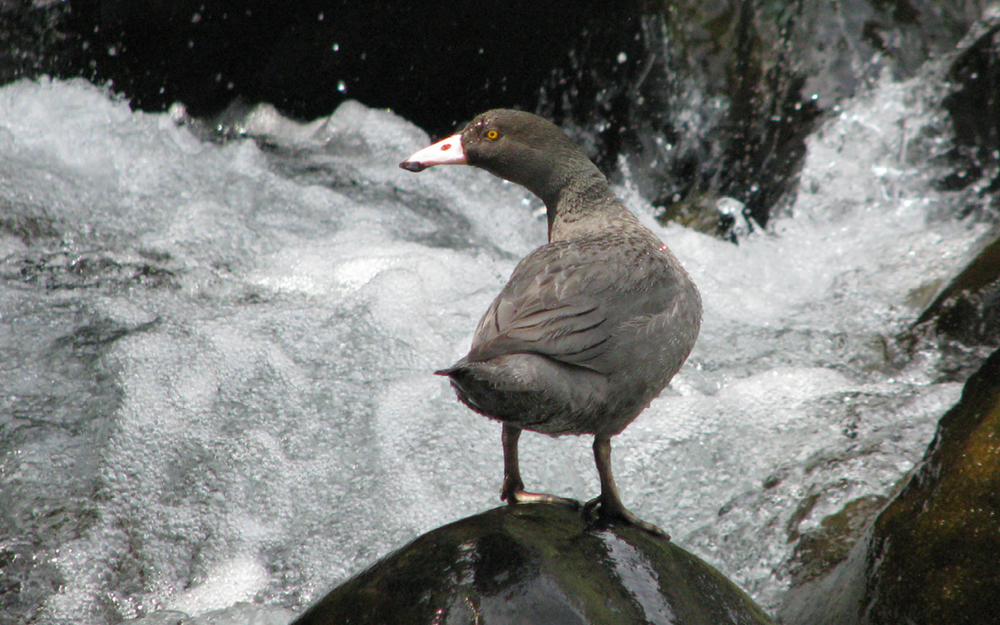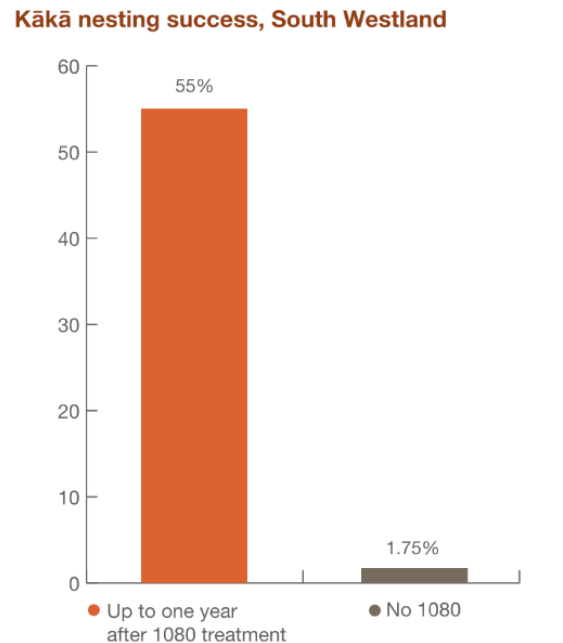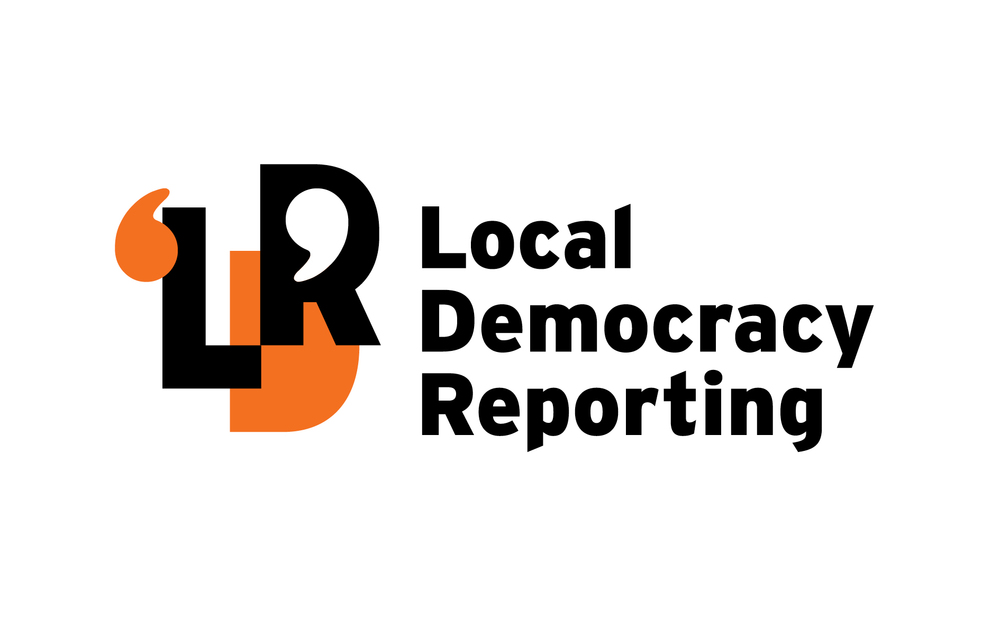Protection benefits outweigh kea 1080 deaths — Department of Conservation
Local Democracy Reporter
19 October 2022, 8:10 PM
 The nationally endangered Kea. Photo: Department of Conservation
The nationally endangered Kea. Photo: Department of ConservationA "few" kea die as a result of poison pest control operations but there is a longer term benefit overall in the fight to protect the endangered mountain parrot, the Department of Conservation says.
Species studies to monitor the effects of predator control operations were outlined by DOC's Western South Island national predator control programme regional leader Tom Belton at a meeting of the West Coast Conservation Board in Karamea.
Mr Belton said bykill of kea consuming baits poisoned with 1080 remained "a major challenge" for the department in its pest control work.
"There's a lot of work going on in that space to reduce the impact on kea. What we do now, what the science says, that even though a few die, the benefits last for at least two seasons," he said.
He highlighted that:
- Kea are highly sensitive to introduced predators.
- Aerial 1080 has a proven benefit to kea at a population level, but individual kea can be poisoned during aerial 1080 operations.
- DOC maintained a code of practice for aerial 1080 in kea habitat to mitigate the risk.
- The department's Kea 1080 Risk Mitigation Technical Advisory Group with Te Rūnanga o Ngāi Tahu, Ospri and Zip (Zero Invasive Predators) is researching to further reduce 1080 risk to kea.
This included field trials to test whether a bird repellent, anthraquinone, can be used to train kea to avoid 1080 cereal baits.
Other individual success stories on the West Coast were whio at Oparara, and kākā in South Westland.

A whio in its natural habitat. Photo: Department of Conservation
The whio (blue duck) study site at Oparara, near Karamea, was one of eight priority management sites for the species and showed that with predator control, whio had increased from 23 pairs in 2012 to 71 by last year.
Ongoing predator trapping along the fast moving rivers where the whio live, plus aerial 1080 drops in the vicinity was the factor, Mr Belton said.
An ongoing study of kākā in a study area in South Westland showed the predation effect on the species without predator control.

Kaka nesting success rate. Graphic: Department of Conservation
"Nesting is really affected by predators."
It showed a clear contrast between a successful nesting rate of 55%, following the use of 1080, as opposed to 2% of nests being able to produce chicks where 1080 was not used.
DOC had found that 30 times as many kākā chicks were produced in the year following application of 1080.
The death rate in adult birds was also affected comparatively: it declined to a 3% rate in a "treatment" area compared to 20% in a "non-treatment" area.
By Local Democracy Reporter Brendon McMahon
Republished by Arrangement
*Public interest journalism funded through NZ On Air




